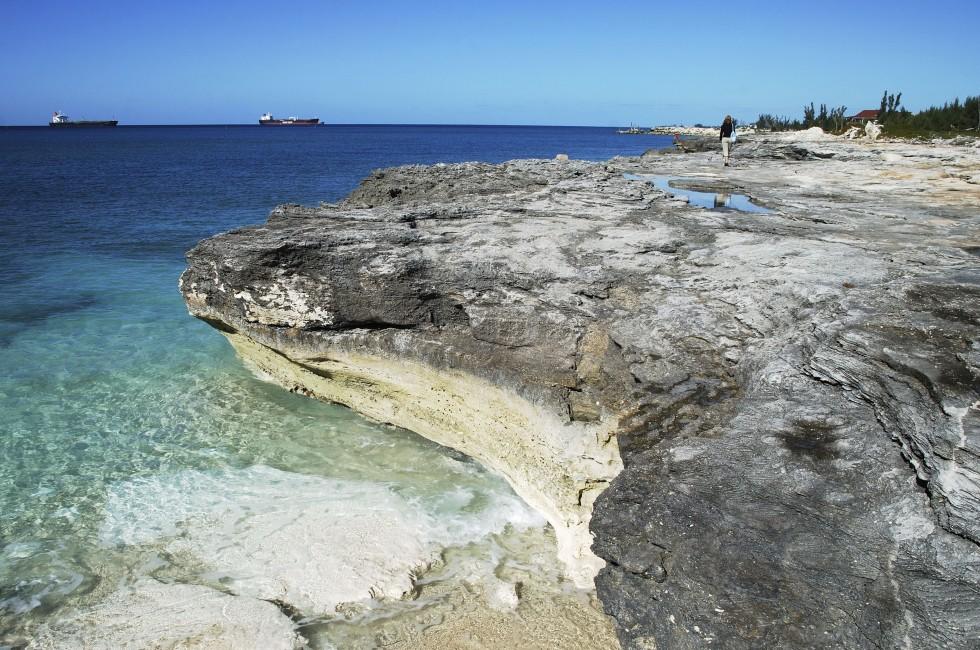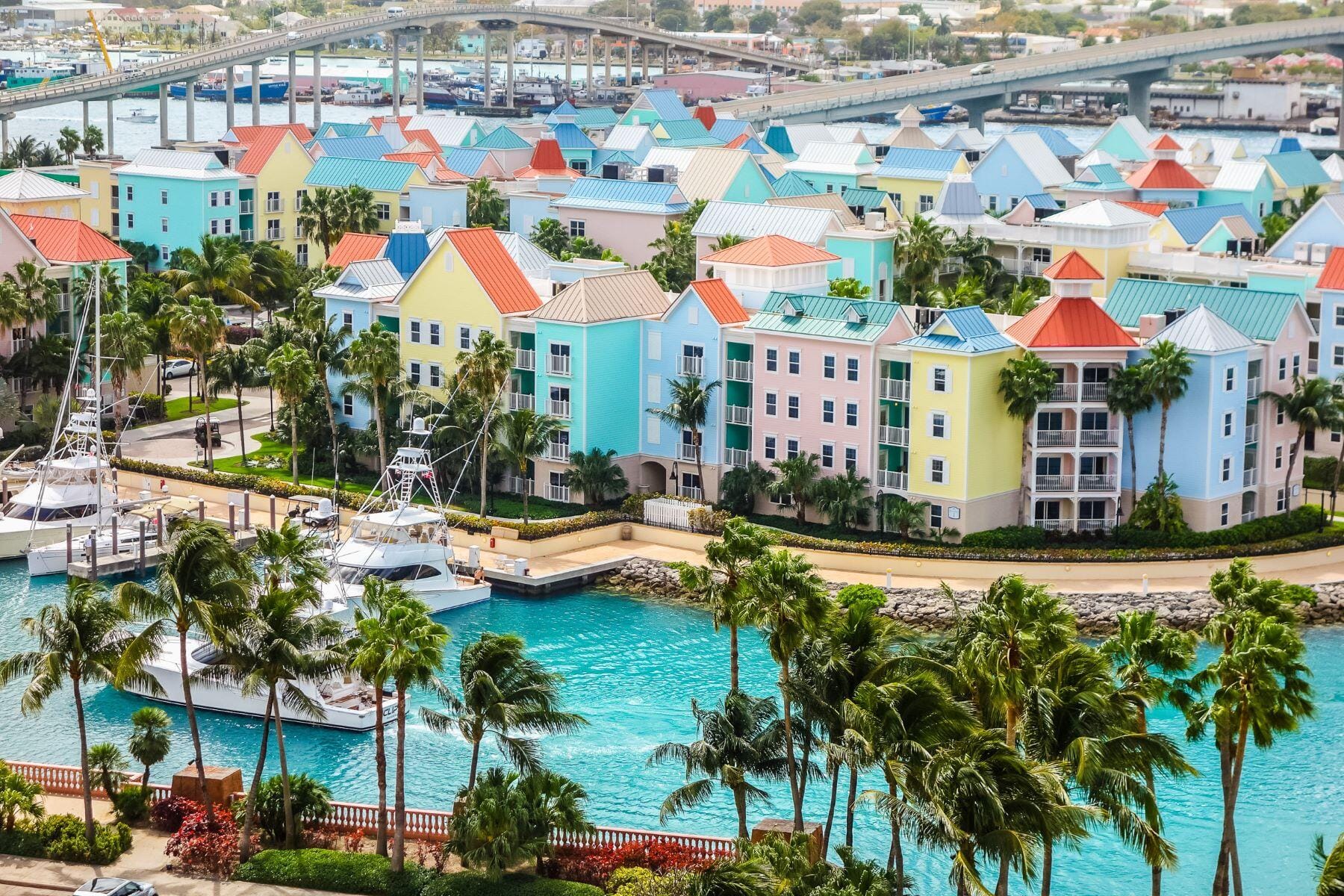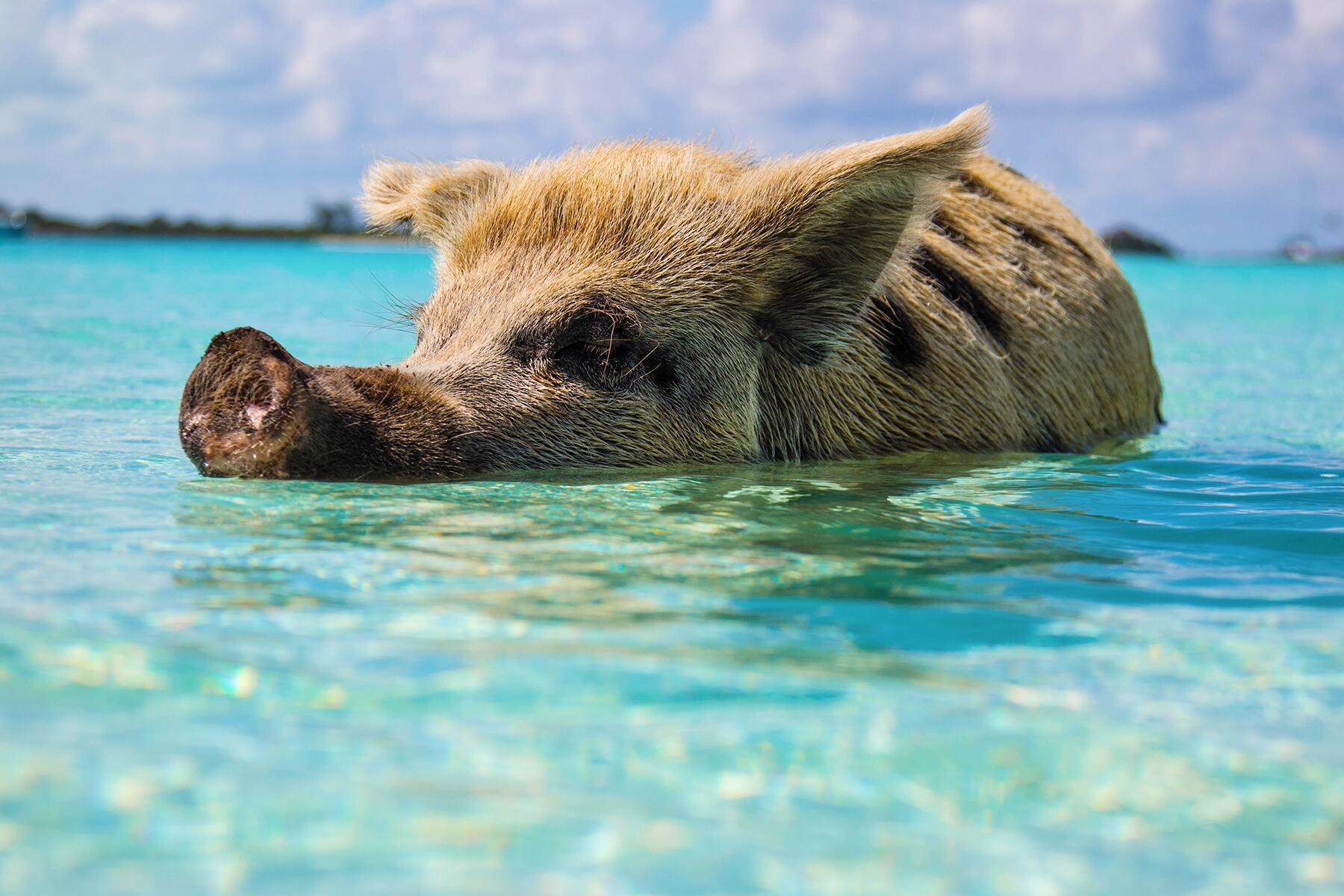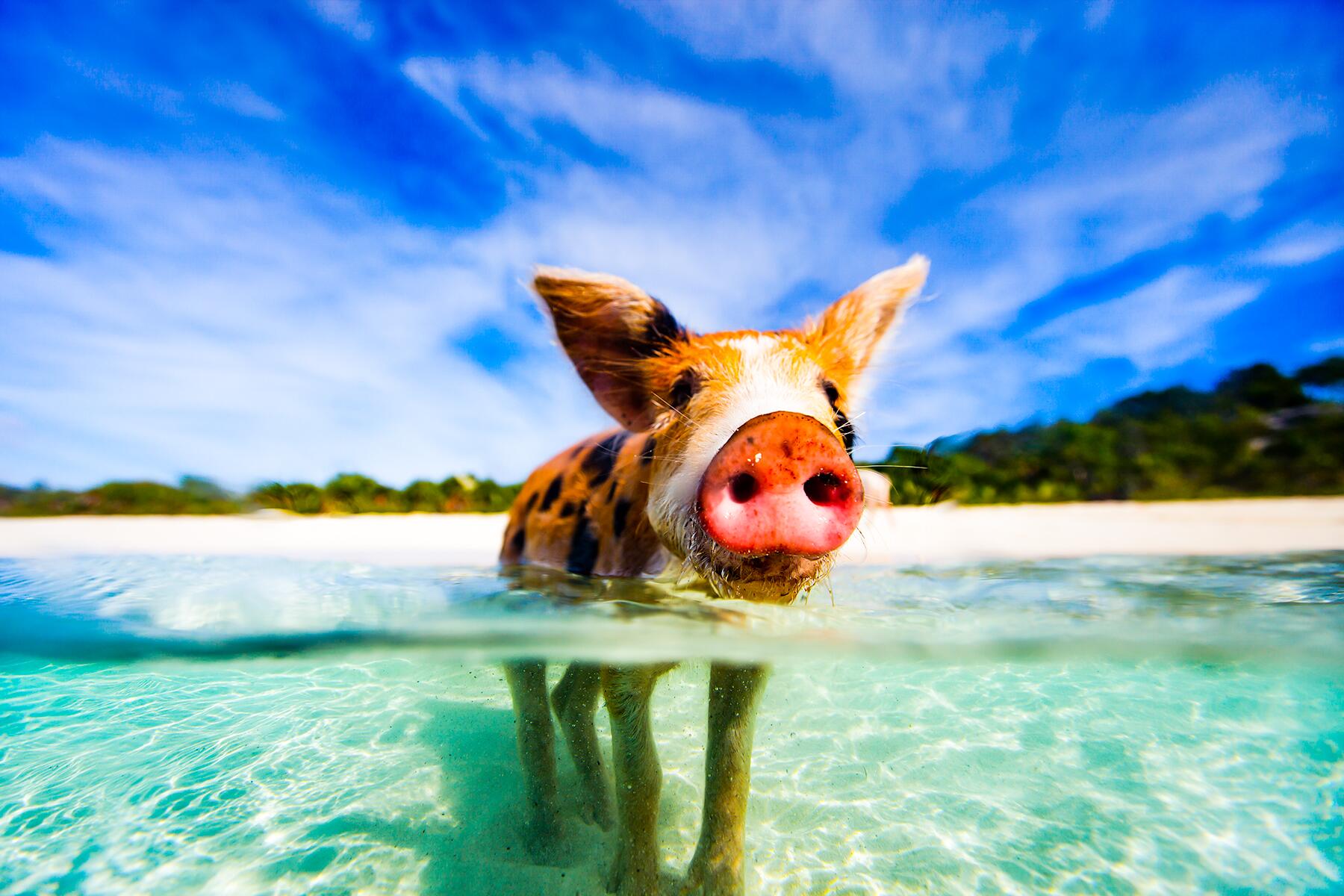Grand Bahama Island
Grand Bahama Island
Natural beauty conspires with resort vitality to make Grand Bahama Island one of the Bahamas' most well-rounded, diverse destinations. In its two main towns, Freeport and Lucaya, visitors can find what the more bustling Nassau has to offer: resort hotels, a variety of restaurants, golfing, duty-free shopping, and gambling. But unlike New Providence, the touristy spots take up only a small portion of an island that, on the whole, consists of uninhabited stretches of sand and forest.
Prior to the development of Freeport, West End (the capital of Grand Bahama Island) was the epicenter of the Bahamas' logging industry and a playground for the wealthy in the 1920s. The fate of Grand Bahama changed in the 1950s when American financier Wallace Groves envisioned Grand Bahama's grandiose f...
Read MoreNatural beauty conspires with resort vitality to make Grand Bahama Island one of the Bahamas' most well-rounded, diverse destinations. In its two main towns, Freeport and Lucaya, visitors can find what the more bustling Nassau has to offer: resort hotels, a variety of restaurants, golfing, duty-free shopping, and gambling. But unlike New Providence, the touristy spots take up only a small portion of an island that, on the whole, consists of uninhabited stretches of sand and forest.
Prior to the development of Freeport, West End (the capital of Grand Bahama Island) was the epicenter of the Bahamas' logging industry and a playground for the wealthy in the 1920s. The fate of Grand Bahama changed in the 1950s when American financier Wallace Groves envisioned Grand Bahama's grandiose future as a tax-free shipping port. The Bahamian government signed an agreement that set in motion the development of a planned city, an airport, roads, waterways, and utilities as well as the port. From that agreement, the city of Freeport—and later, Lucaya—evolved. The past decade's hurricanes and economic downfall have demolished Freeport's resort glamour, and the tourism center has shifted to Lucaya, now home to the island's largest resorts.
Not much else on the island has changed since the early days, however. Outside of the Freeport-Lucaya commercial-and-resort area, fishing settlements remain, albeit now with electricity and good roads. The East End is Grand Bahama's "back-to-nature" side, where Caribbean yellow pine–and-palmetto forest stretches for 60 miles, interrupted by the occasional small settlement. Little seaside villages with white churches and concrete-block houses painted in bright pastels fill in the landscape between Freeport and West End. Many of these settlements are more than 100 years old.









